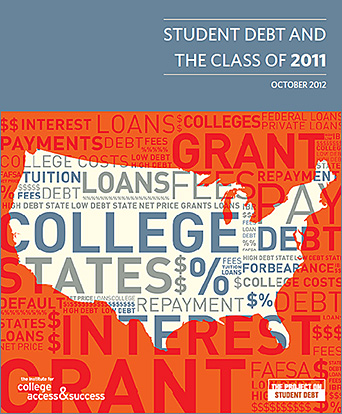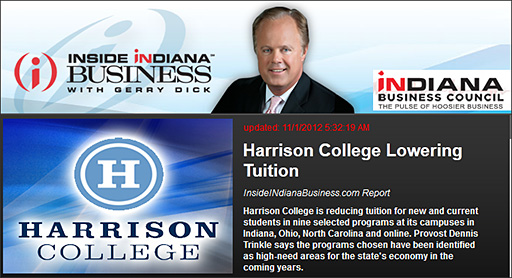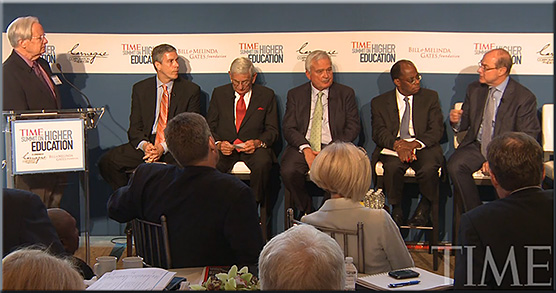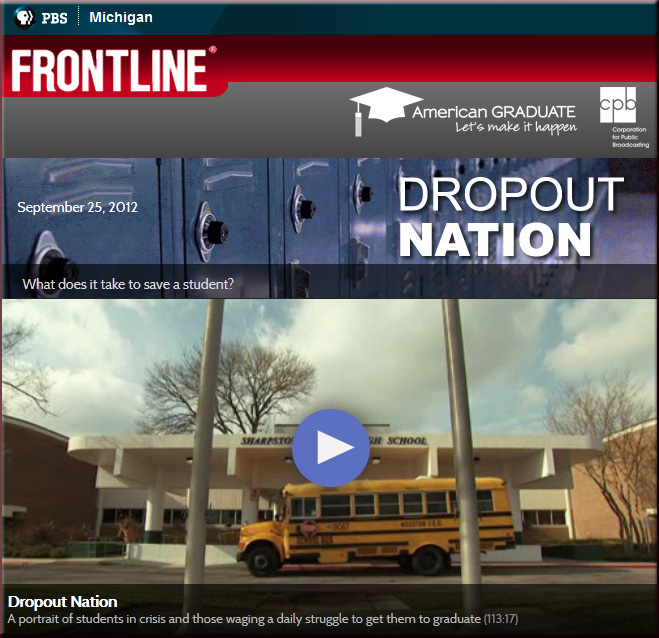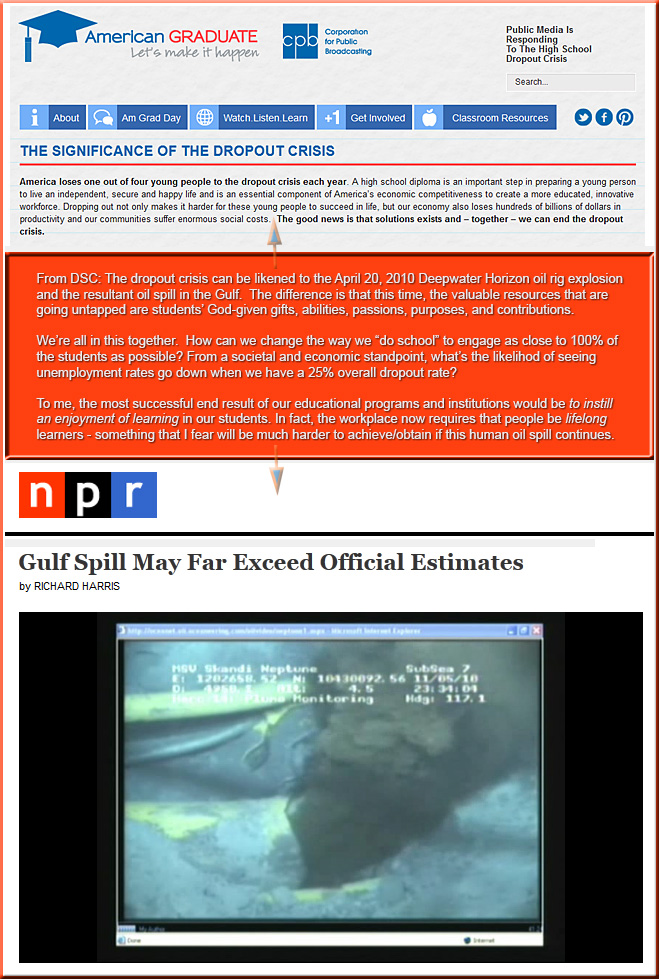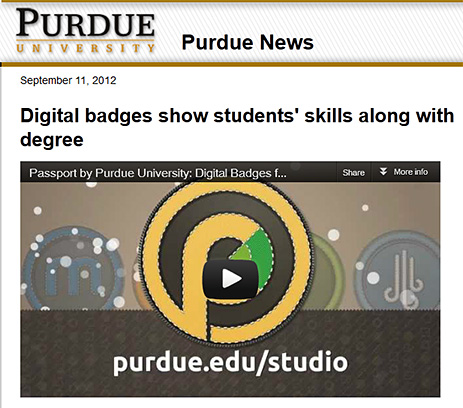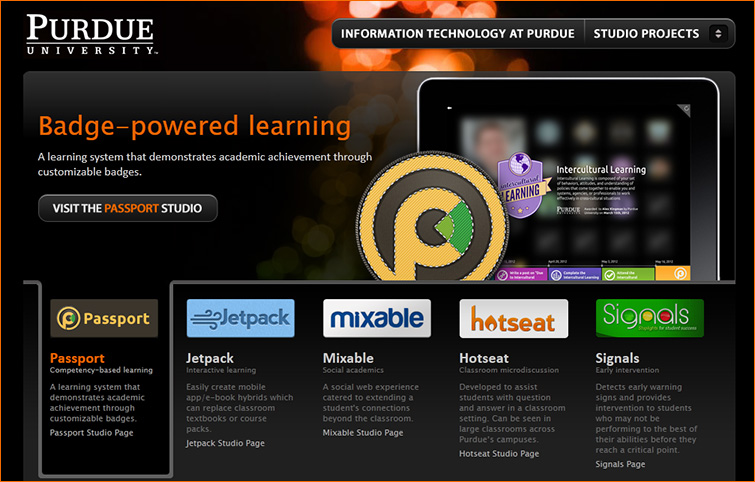Treasury: Debt limit is looming — from wallstcheatsheet.com by Aabha Rathee
Excerpt:
The U.S. Treasury warned that it was still on schedule to reach its debt limit close to the end of the year, even though it was taking measures that would allow it to continue borrowing funds through early 2013. It also plans to sell $72 billion in notes and bonds in next week’s refunding exercise.
The Treasury was $235 billion below the $16.4 trillion debt limit as of Monday. While the department did not say when its emergency borrowing tools are likely to run out as well, economic experts have earlier forecast the latter half of February as the deadline. Raising the debt ceiling will be a big challenge for the Congress once the presidential election, set for November 6, is over. Doing so will also likely have an effect on the fiscal cliff, the more than $600 billion in federal spending cuts and tax increases set to take effect at the start of next year.
.
The Fiscal Cliff Explained — from about.com
Excerpt:
“Fiscal cliff” is the popular shorthand term used to describe the conundrum that the U.S. government will face at the end of 2012, when the terms of the Budget Control Act of 2011 are scheduled to go into effect.
.
Fiscal cliff ahead: What it may mean — from fidelity.com
Risks to the economy and stocks are high if all tax hikes and spending cuts take effect.
Excerpt:
Without congressional action, up to $600 billion of expiring tax cuts, new taxes, and automatic spending cuts are set to take effect at the end of 2012 or beginning of 2013. If they hit all at once, the impact could amount to as much as 4%-5% of GDP, according to our research, the equivalent of falling off a “fiscal cliff.” Some experts anticipate the economy would experience a significant slowdown and there would be major consequences for financial markets.
.
Addendums on 11/8/12:










